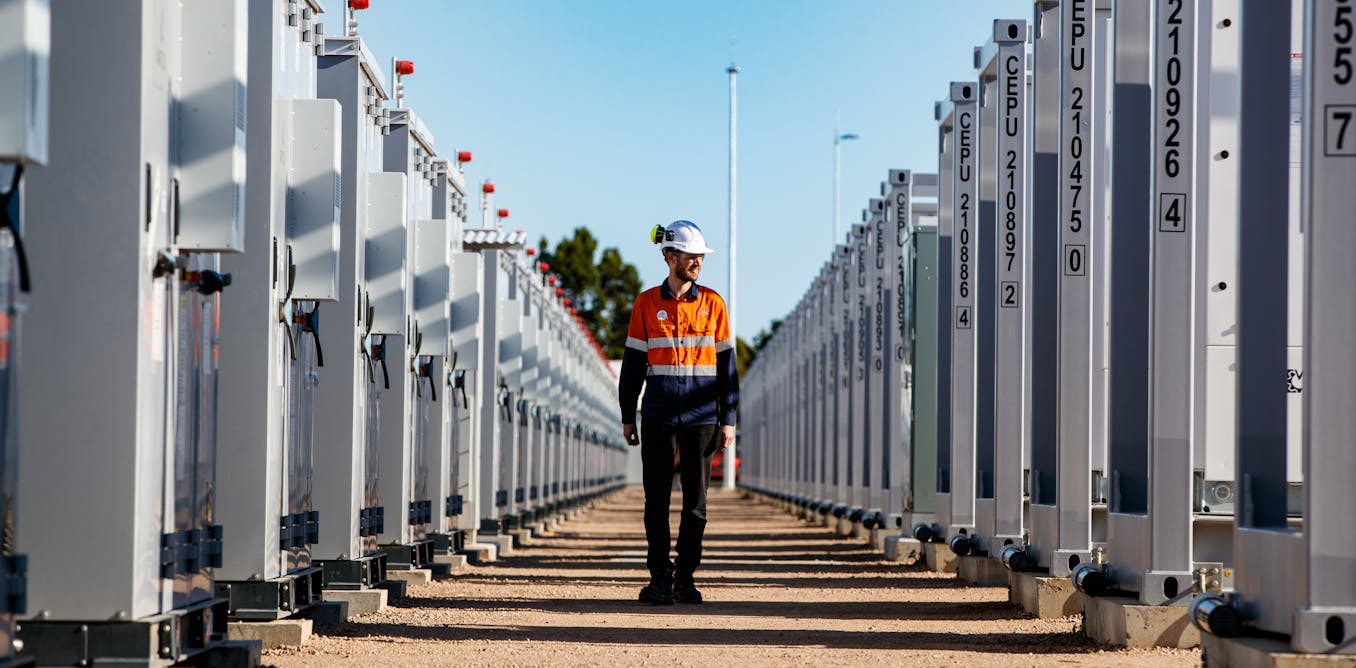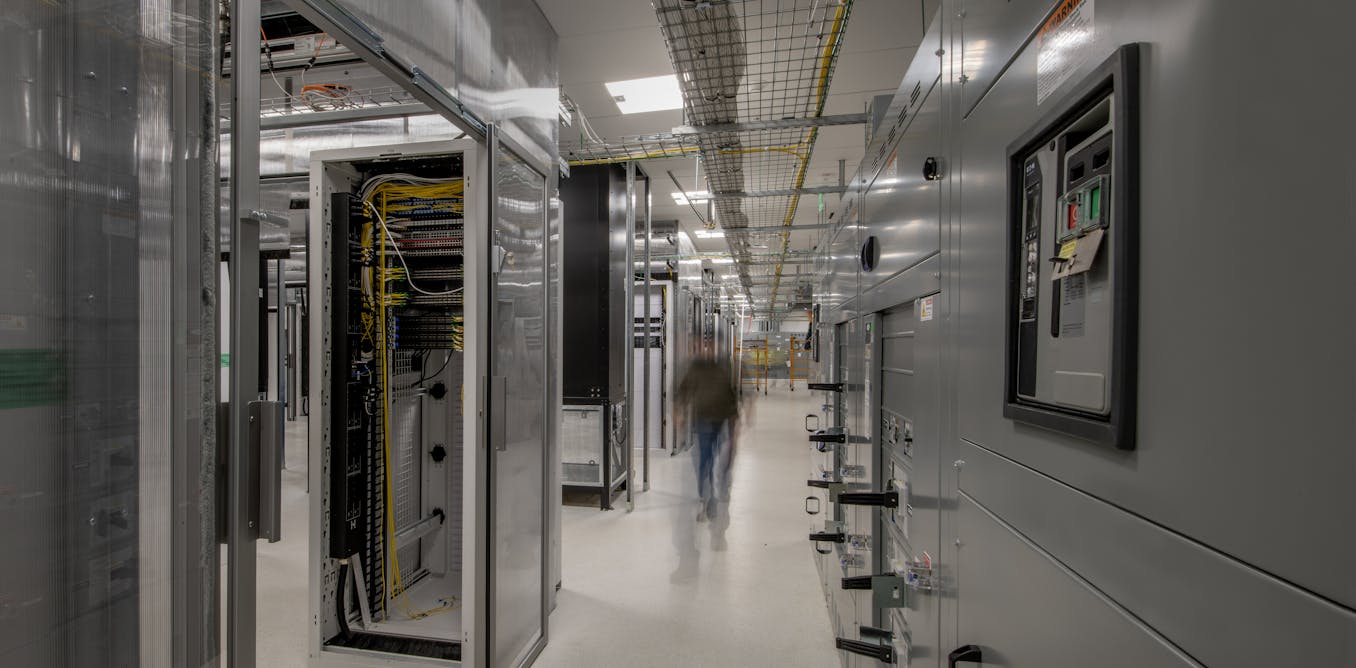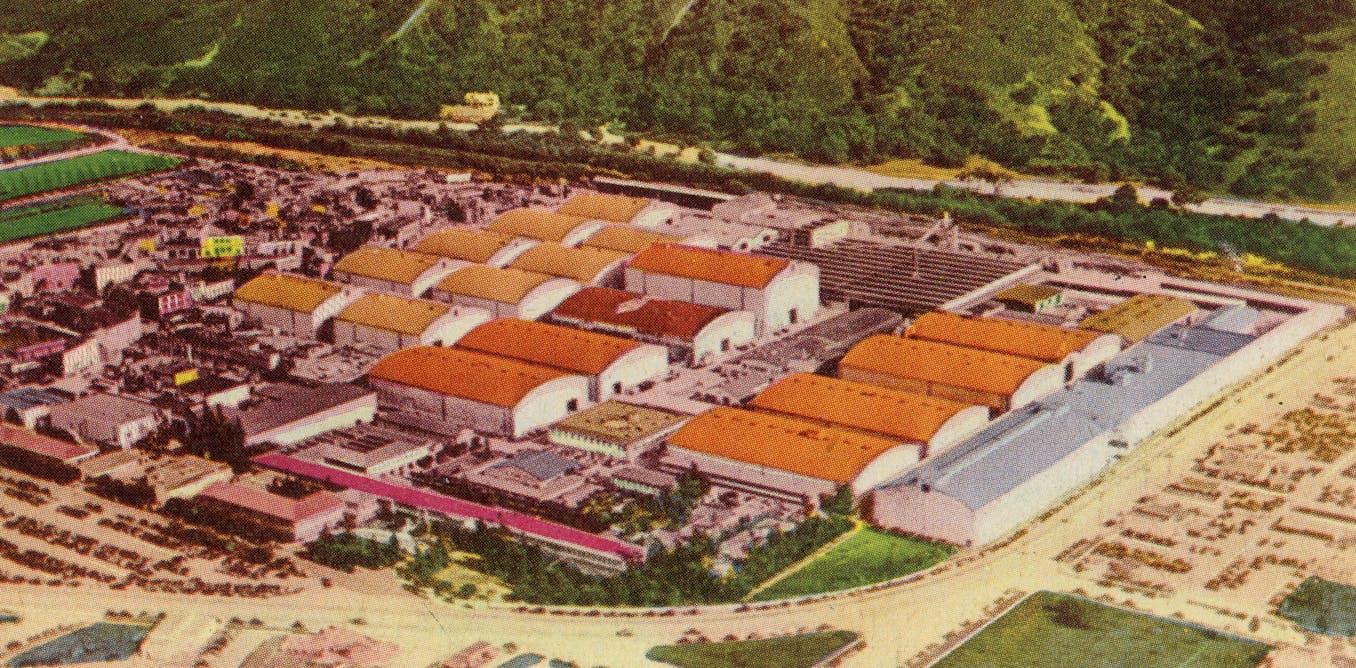This article is part of our exclusive IEEE Journal Watch series in partnership with IEEE Xplore.
Driving in the winter, say, or in stormy conditions can induce feelings of fear—and inspire more caution. So could some of the same hallmarks of fear and defensive driving be somehow programmed into a self-driving car? New research suggests that, yes, AI systems can be made more safe and cautious drivers by being assigned neural traits similar to what humans experience when they feel fear.
In fact, the researchers find, this trick can help a self-driving AI system perform more safely than other leading autonomous vehicle systems.
A new kind of “fear-inspired” reinforcement learning technique is proving useful in making self-driving cars safer.
Chen Lv, an associate professor and director of the AutoMan Research Lab, at the School of Mechanical and Aerospace Engineering, at Nanyang Technological University, in Singapore, helped codesign the new system. He notes that over recent years, the fields of neuroscience and psychology have been digging deeper into the inner workings of the human brain, including the amygdala—the part of the brain that regulates emotions. “Fear may be the most fundamental and crucial emotion for both humans and animals in terms of survival,” says Lv.
Psychology and neuroscience studies have suggested that not just fear, he says, but also imagination and forecasting of hazardous situations play a role in survival. “Motivated by [these] insights, we devised a brainlike machine-intelligence paradigm… to acquire a sense of fear, thereby enhancing or ensuring safety,” explains Lv.
The autonomous driving agents developed by Lv’s team, he says, learned how to cope with hazardous scenarios through iteration and forecasting, thereby significantly reducing how often the system makes unsafe decisions or actions when interacting with the real-world environment.
“We can imagine various unpleasant or frightening scenarios in our brains,” Lv says. “Therefore, we understand how to more effectively avoid these frightening situations, such as collision avoidance.”
Chen Lv and his colleagues tested their fear-inspired reinforcement learning system against some white-knuckle traffic patterns including unprotected left turns and crossing at a busy, unsignaled intersection. Xiangkun He et al./IEEE
In their study, Lv and his team tested their particular kind of neural network, called FNI-RL (Fear-Neuro-Inspired Reinforcement Learning), through simulations and compared it to 10 other baseline driving or autonomous driving systems—including a basic intelligent-driver neural model, an adversarial imitation learning neural net, and a cohort of licensed human drivers.
Their results show, Lv says, that FNI-RL performs much better than other AI agents. For example, in one short-distance driving scenario—turning left at an intersection—FNI-RL shows improvements ranging…
Read full article: Neural Reactions to Fear Make AI Drive More Safely

The post “Neural Reactions to Fear Make AI Drive More Safely” by Michelle Hampson was published on 12/20/2023 by spectrum.ieee.org





































